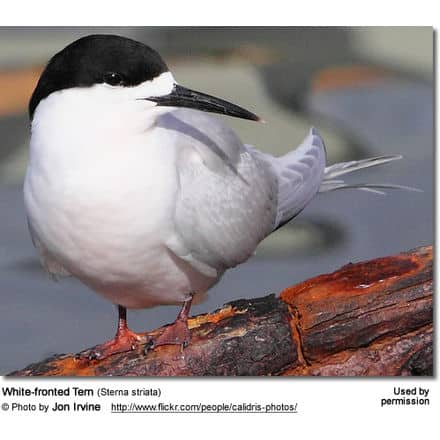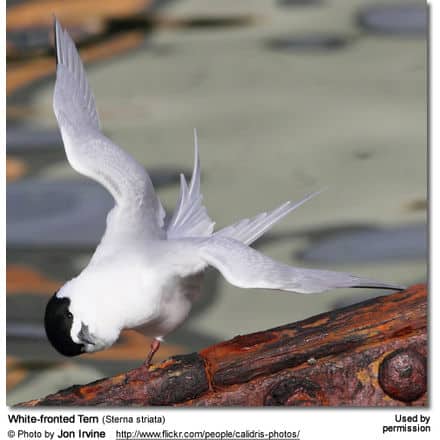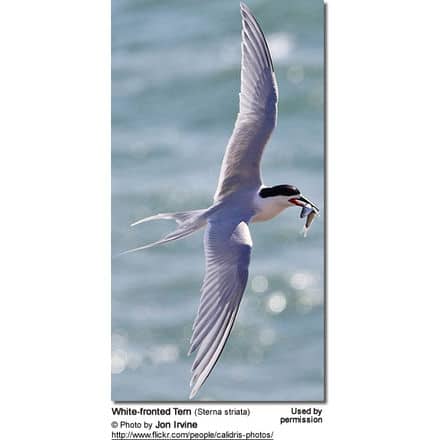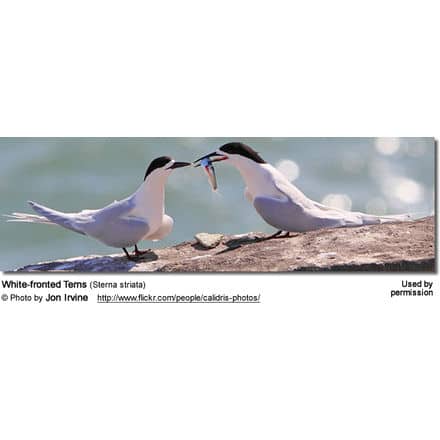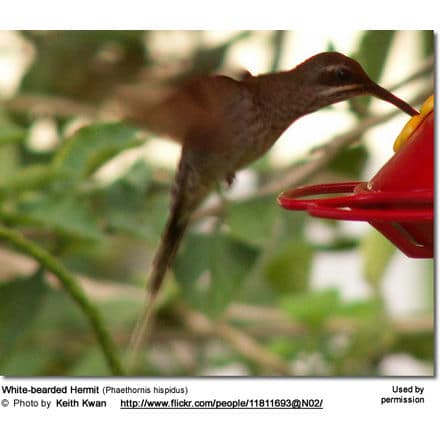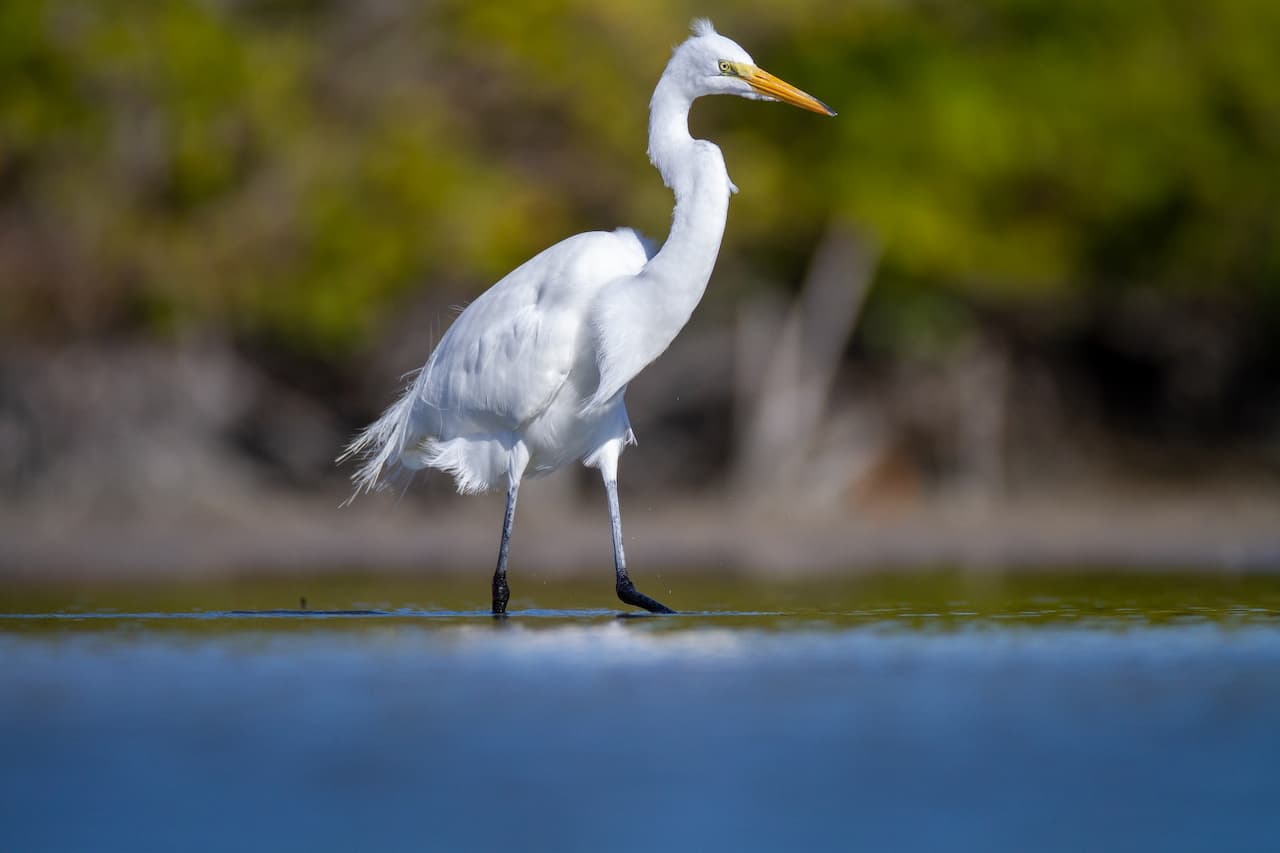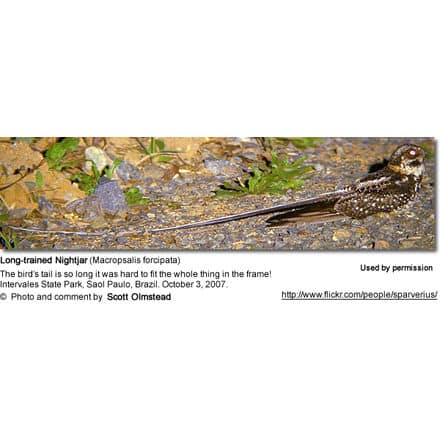White-fronted Terns
Terns
The White-fronted Terns (Sterna striata) – also known as Black-naped Terns – are seabirds found in south-west Australasia.
Distribution / Habitat
White-fronted Terns are the most commonly found terns in New Zealand and adjacent islands.
They are breeding on the North and South Islands of New Zealand, as well as on adjacent islands, including Stewart Island, the Chatham, Auckland and Snares Islands, and closer to Australia, the Flinders and Cape Barren Island off the north-east of Tasmania.
Immature birds or non-breeding adults in particular travel to Australia to winter in Tasmania north to south Queensland and west to South Australia. Some breeding has been observed in Tasmania and on the islands in Bass Strait (north of Tasmania).
These birds are associated with the coastal areas. They nest on coastal cliffs, rocky or sandy beaches and shingle islands in rivers.
They feed along the shores, in bays or over oceanic water.
Subspecies and Ranges:
White-fronted Tern (Sterna striata striata – Gmelin, 1789) – Nominate Form
Range: New Zealand’s North and South Islands, and Stewart Island (off New Zealand’s South Island)
White-fronted Tern (incerta) (Sterna striata incerta – Mathews, 1912)
Range: Flinders and Cape Barren Islands, off the north east coast of Tasmania.
White-fronted Tern (aucklandorna) (Sterna striata aucklandorna – Mathews, 1929)
Range: The islands of Chatham, Auckland and possibly Snares, south of New Zealand.
Description
Size
The White-fronted Terns measure about 16.5 inches or 42 cm in length (including the tail).
They weigh about 5.6 oz or 160 grams.
Plumage Details / Adults
Adults have white bodies and tails. The wings are pale grey. There is a narrow white band between the black bill and black cap.
Other Physical Details
Their black or reddish-black feet are webbed. The long bill is black. The tail is sharply forked.
Diet / Feeding
They mostly feed on small fish, such as pilchards and smelt. They will also take shrimp.
They typically feed in the surf zone or a few miles out to sea. Flocks are often observed plunge-diving from 23 – 33 feet (7 – 10 meters). When foraging, they often fly with their heads and bills pointing down as they search for prey.
Breeding / Nesting
Most breeding activities are observed from October to January. These birds breed in colonies consisting of 100 – 500 pairs. They nest on rocky cliffs and offshore islands.
Calls / Vocalizations / Sounds
Alternate (Global) Names
Chinese: ???? … Czech: rybák b?lo?elý, Rybák tasmánský … Danish: Hvidpandet Terne … Dutch: Tarastern, Tara-stern … Estonian: uus-meremaa tiir … Finnish: Mustanokkatiira … French: Sterne tara … German: Taraseeschwalbe, Weißstirn-Seeschwalbe … Italian: Sterna frontebianca … Japanese: shirobitaiajisashi … Maori: tara … Norwegian: Nyzealandterne … Polish: rybitwa maoryska … Russian: ????????? ?????? … Slovak: rybár bielocelý, rybár bielo?elý … Spanish: Charrán Maori, Charrán Maorí, Gaviotín de Frente Blanco … Swedish: Vitpannad tärna
Species Research by Sibylle Johnson
Overview … Alternate (Global) Names
Distribution / Habitat … Subspecies, Ranges and ID
Description … Calls / Vocalizations
Breeding / Nesting … Diet / Feeding
Please Note: The articles or images on this page are the sole property of the authors or photographers. Please contact them directly with respect to any copyright or licensing questions. Thank you.

